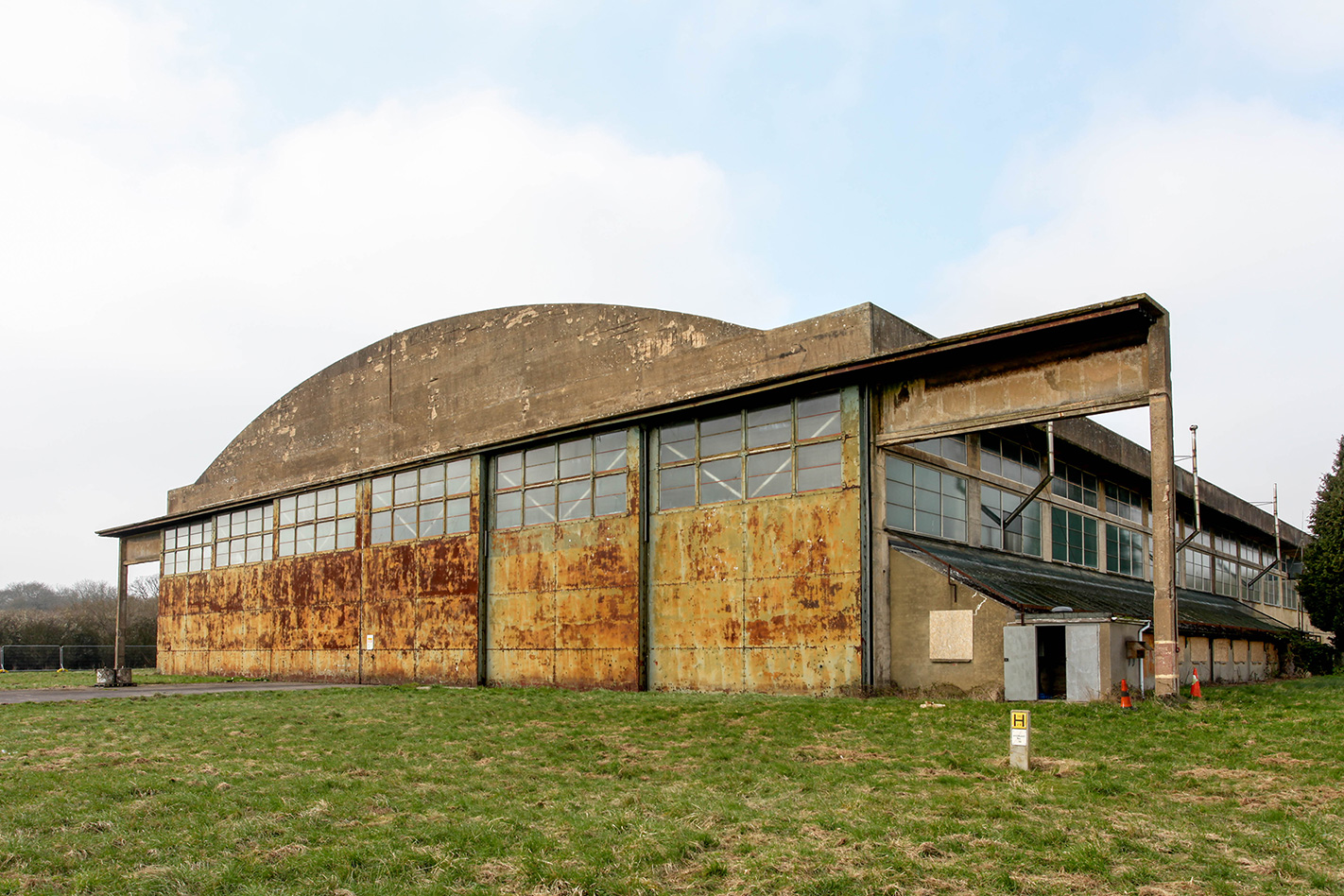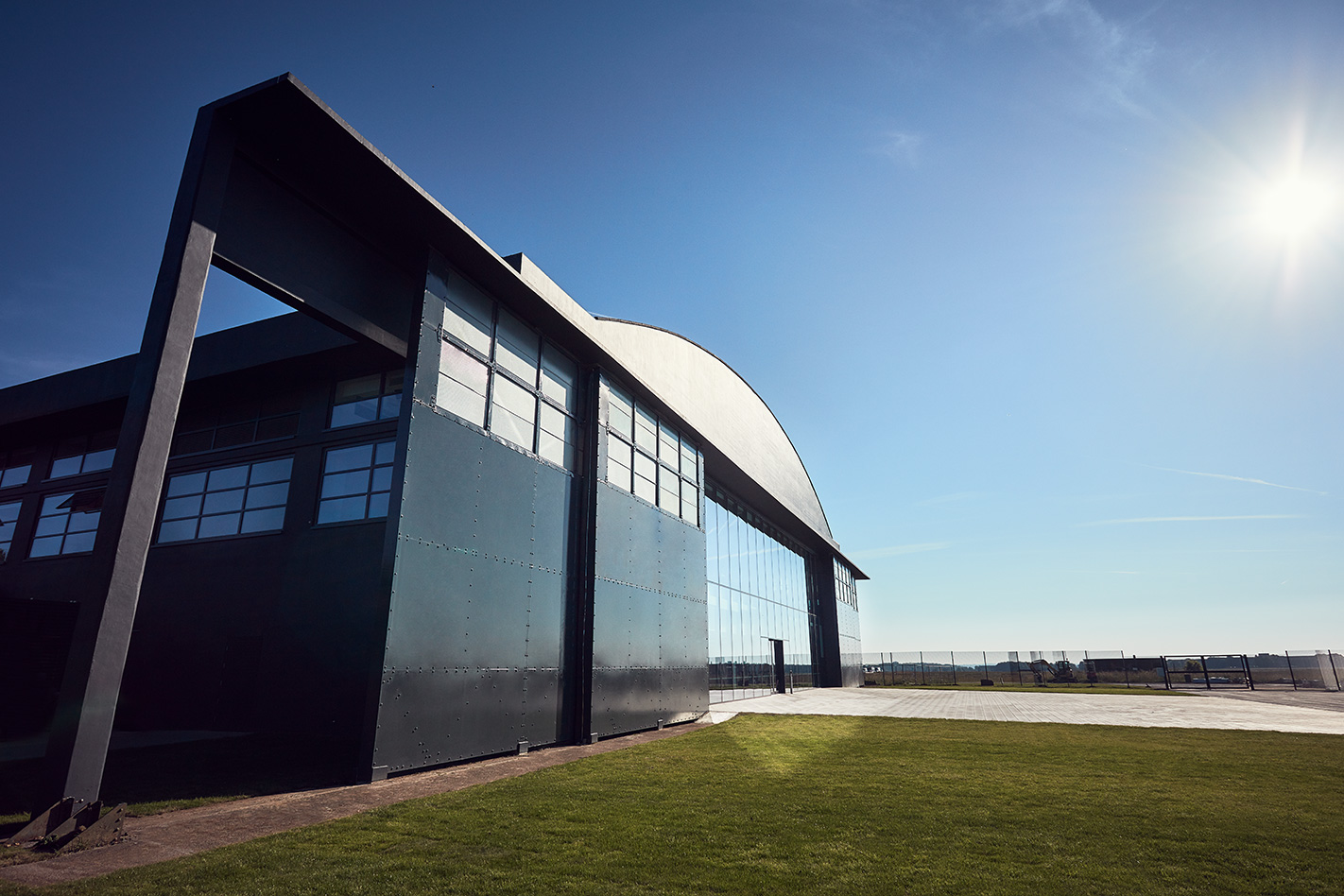Dyson, a company more readily associated with bagless vacuum cleaners, has revealed details of a $360m investment in Wiltshire in a factory and test facility in England to equip it to develop a range of electric vehicles, the first of which is due to be delivered in just four years’ time.
The company has already acquired the old Hullavington Airfield site in Wiltshire and the latest plan outlines a renovation of two vast World War Two hangars to create a state of the art production capability. Some 400 staff have already moved to the site after a A$150m investment into a new technology centre at Hullavington.

A further three buildings are on course for delivery over the coming months, providing an additional 15,000m2 of testing space. The second phase of the plan includes over 16km of vehicle test tracks for vehicle development and verification. In addition there’s over 45,000sqm of development space which could house an additional 2000 staff.
The vehicle testing facility will comprise a Dynamic Handling Track, a Vehicle Stability Dynamic Platform, an Off Road Route, a Hill and Handling Road Route, a Fast Road Route (the initial proposed EV has a top speed of 160km/h), and a series of test slopes.

Jim Rowan, the CEO of Dyson, said: “Our growing automotive team is now working from Dyson’s state-of-the-art hangars at Hullavington Airfield. It will quickly become a world-class vehicle testing campus where we hope to invest £200m (A$360m), creating more high-skilled jobs for Britain. We are now firmly focused on the next stage of our automotive project strengthening our credentials as a global research and development organisation.”
In September 2017, Dyson admitted that the company had been developing an electric vehicle for the past three years as part of an ongoing A$3.6bn investment into BEV personal transport. The company has an established record of developing solid state batteries, motors, vision systems, robotics, HVAC and aerodynamics, with the EV project pushing the company to develop new high-speed motor technology, machine learning technologies and artificial intelligence competencies.

Hulla Back
Hullavington Airfield was built in 1936, opening the following year as a flight training school with a grass airstrip. By 1940 RAF Hullavington was a key site for launching Mosquitoes, Spitfires, Lancasters and Blenheims to give the Nazis a jolly good pranging. Met Office were also stationed here, the Balloon Operations Squadron only being disbanded in 1995 when it was safe to say that the German threat had receded significantly.
The buildings on site are architecturally notable, the influences from Blomfield and Lutyens, Le Corbusier and the Bauhaus school. The airfield was only used for gliding operations between 1992 and 2016 when Dyson acquired the land.






